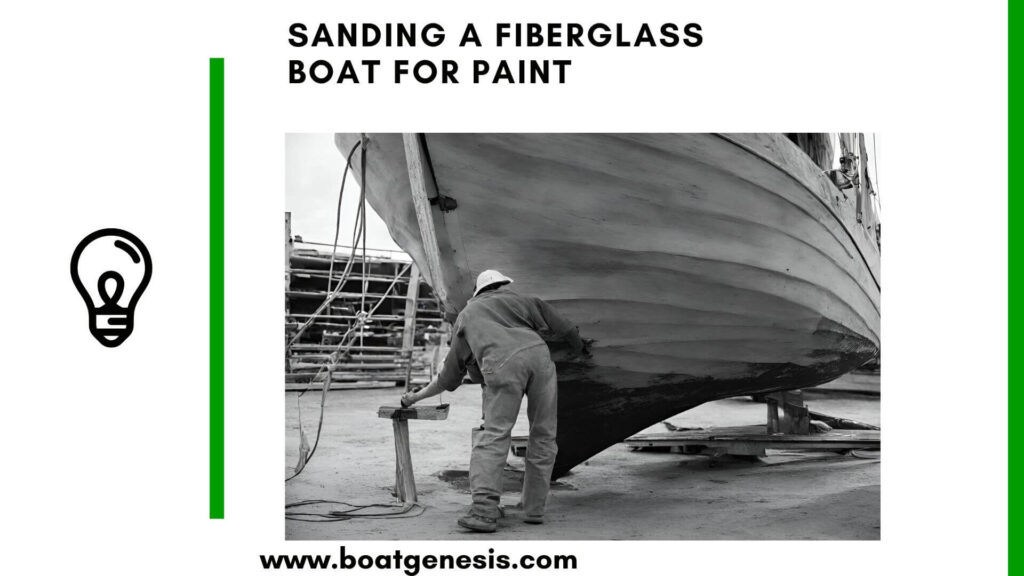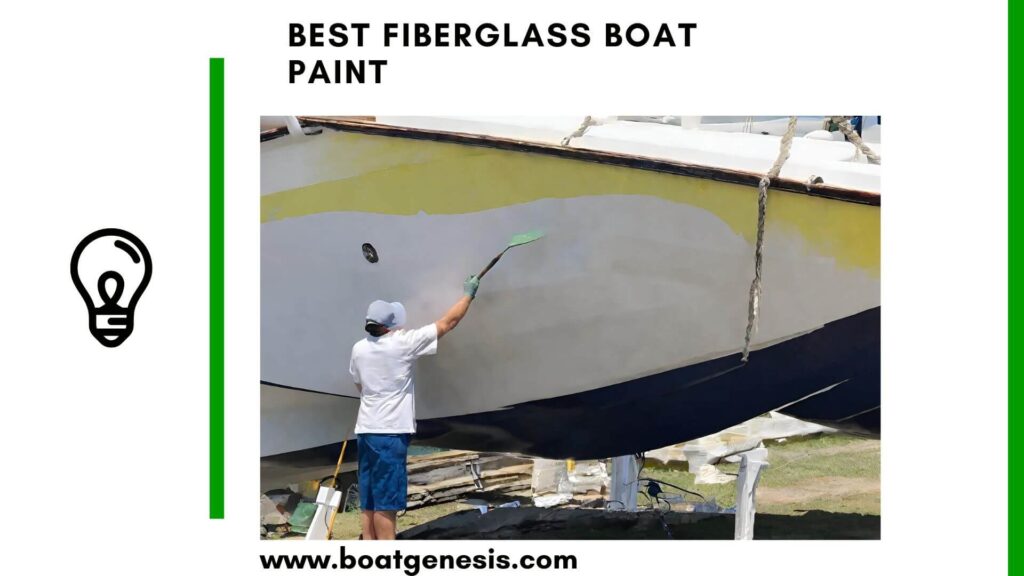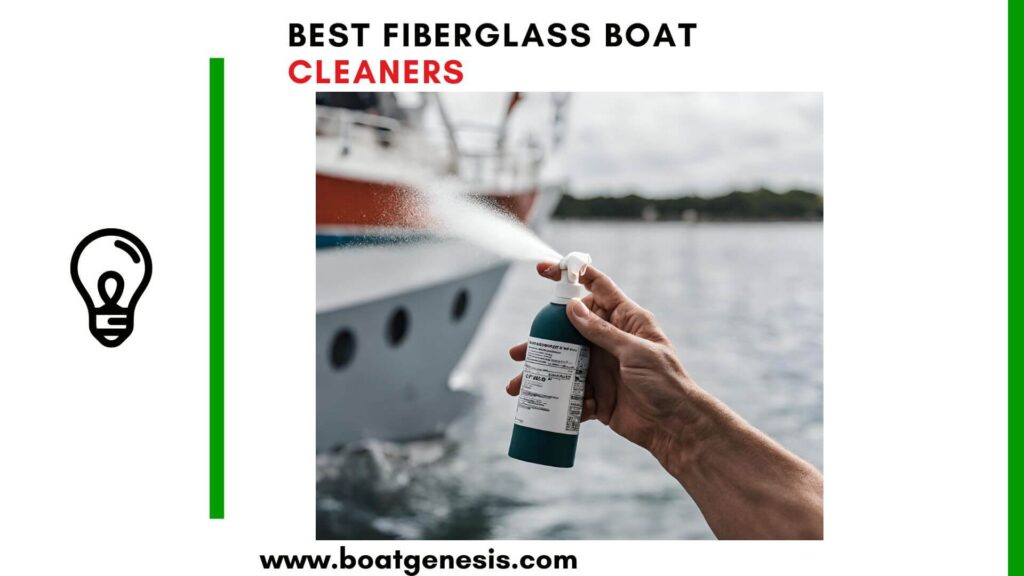So you’ve decided it’s time to give your trusty fiberglass boat a fresh new paint job. Painting a boat can breathe exciting new life into an ageing vessel, protect it from the elements, and make it look sharp for years to come.
But before you break out the brushes and rollers, it’s crucial to properly prepare the surface. Sanding your fiberglass boat is one of the most important steps to ensure the new paint adheres correctly and delivers the long-lasting results you want.
Follow this simple fiberglass boat sanding guide to get your surface ready for a beautiful new finish that will stand the test of time on the open water.
Why Sanding is Critical Before Painting a Fiberglass Boat
Sanding accomplishes a few important goals before you paint a fiberglass boat:
- It removes any existing paint or gelcoat that has aged, oxidized or become damaged. You need to get down to the raw, solid fiberglass surface.
- It roughens and “etches” the fiberglass so the new paint has something to grip and bond to.
- It smooths out any imperfections, holes, chips or cracks in the existing gelcoat or fiberglass.
Skipping this step can lead to problems like flaking, peeling, cracking or delamination of the new paint job down the road.
The time you invest in proper sanding will pay off for years after painting.
Choosing the Right Sandpaper Grits
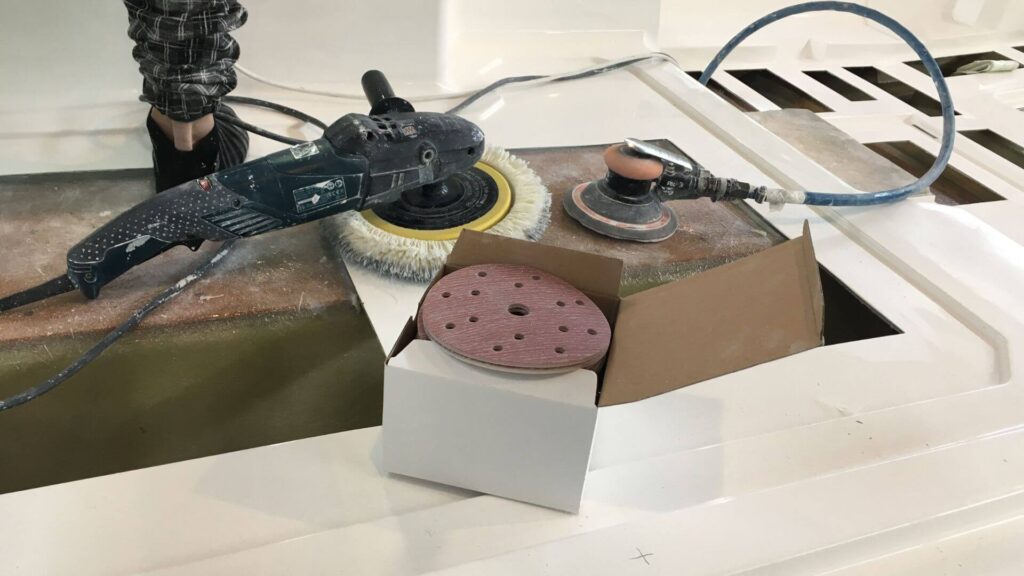
Not all sandpaper is created equal when prepping a boat. You’ll need a couple of different grits of sandpaper to start with a more aggressive cut and then smooth everything out:
- 80-120 grit: This extra-coarse paper is perfect for removing large flakes of old paint or gelcoat. Be careful not to dig into the fiberglass itself.
- 150-220 grit: After stripping the surface, these medium grits smooth out scratches or gouges in the fiberglass.
- 400-600 grit: Finer paper like this levels the surface for painting. Go with the grain to prevent deep scratches.
Sanding blocks help maintain even pressure and smooth results. Make sure to thoroughly clean all sanding residue between grits.
Sanding Technique Basics
Having the right supplies is crucial, but technique matters too. Follow these tips for sanding fiberglass boat surfaces:
- Always sand in straight, overlapping paths. Curved or circular motions can leave uneven scratches.
- Apply moderate pressure. Sanding too hard can damage the fiberglass, and to light won’t properly abrade the surface.
- Thoroughly rinse and clean the boat between all grit changes. Sanding residue can impact paint adhesion.
- Only sand wet if required to reduce airborne dust particles. Lubricants like soapy water work well.
- Work in manageable sections, completing one area fully before moving on.
- Use sanding blocks for broad, flat surfaces. Hand sanding works better for contours and tight spots.
- Carefully sand around fittings, rails, corners and hardware. Avoid rounding or over-sanding edges.
- Wear proper safety gear like goggles, gloves and a mask to prevent fiberglass dust inhalation.
Sanding Fiberglass Boat for Paint: Step-by-Step
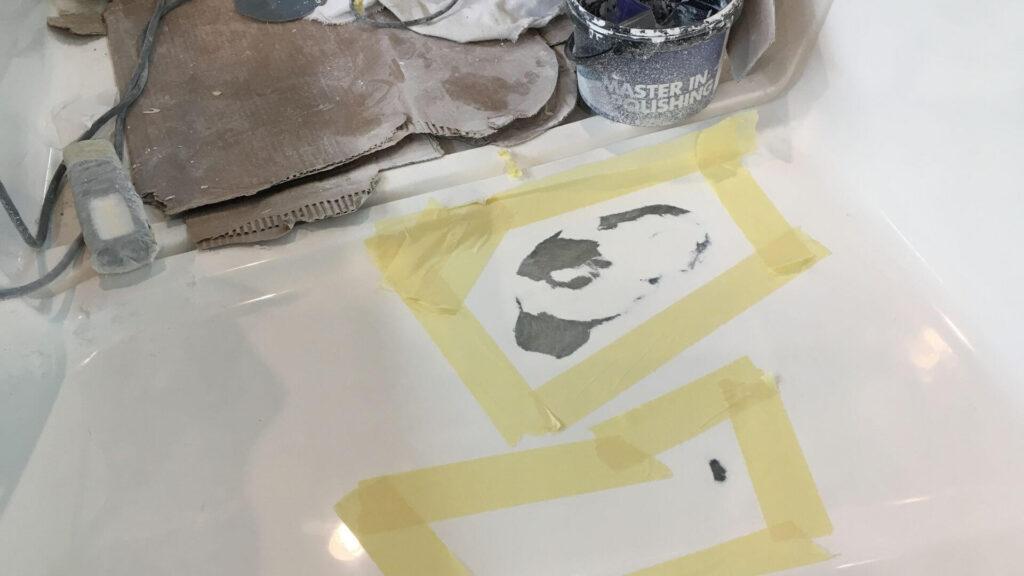
Now let’s walk through the complete sanding process from start to finish:
- Wash the boat. Remove any dirt, salt, grime or marine growth like barnacles with a pressure washer or by hand. Let it dry fully.
- Mark hardware. Tape around ports, fittings, rails and anything you don’t want to disturb.
- Remove loose paint. Use a scraper, putty knife or 80-120 grit paper to strip away any flaking gelcoat or paint.
- Fill cracks and holes. Seal any fiberglass damage with epoxy filler. Sand smooth when dry.
- Rough sand. Go over the entire surface with 80-120 grit to get down to solid fiberglass. Be careful not to over-sand.
- Smooth scratches. Use 150-220 grit to even out sanding marks from the first pass.
- Prep for paint. Finish with a final sanding at 400-600 grit. Wipe the surface clean.
- Fair and final sand. Apply fairing compound to any remaining imperfections. Sand smooth.
- Clean and degrease. Use a tack cloth to remove every speck of dust. Degrease with a solvent like acetone.
- Apply primer. With the surface properly sanded, it’s finally ready for primer and paint!
==>> Also read: How to repaint a fiberglass boat gel coat?
Don’t Skip the Sanding Steps!
While it takes some time and elbow grease, proper sanding is absolutely essential before painting your fiberglass boat.
Rushing through the process can lead to adhesion problems, an uneven finish, early paint failure and extra work down the road.
Follow these key fiberglass sanding tips and techniques to prepare your boat for a smooth, long-lasting paint job you’ll enjoy for seasons of great times out on the water.
Final Word
With the right grits and tools, and attention to detail, you can achieve professional sanding results and get your boat ready for a vibrant new finish.
Just take it one step at a time. Before you know it, you’ll be slicing through the waves with a boat that looks better than the day she first hit the lake!
This guide was all about sanding a fiberglass boat for paint. I hope you have gained value from it.
You should also read my full guide about prepping a fiberglass boat for paint here.

Founder of BoatGenesis, Warren has hands-on experience in fiberglass boat repairs, marine equipment testing, and powerboat building. Learn more about Warren.

